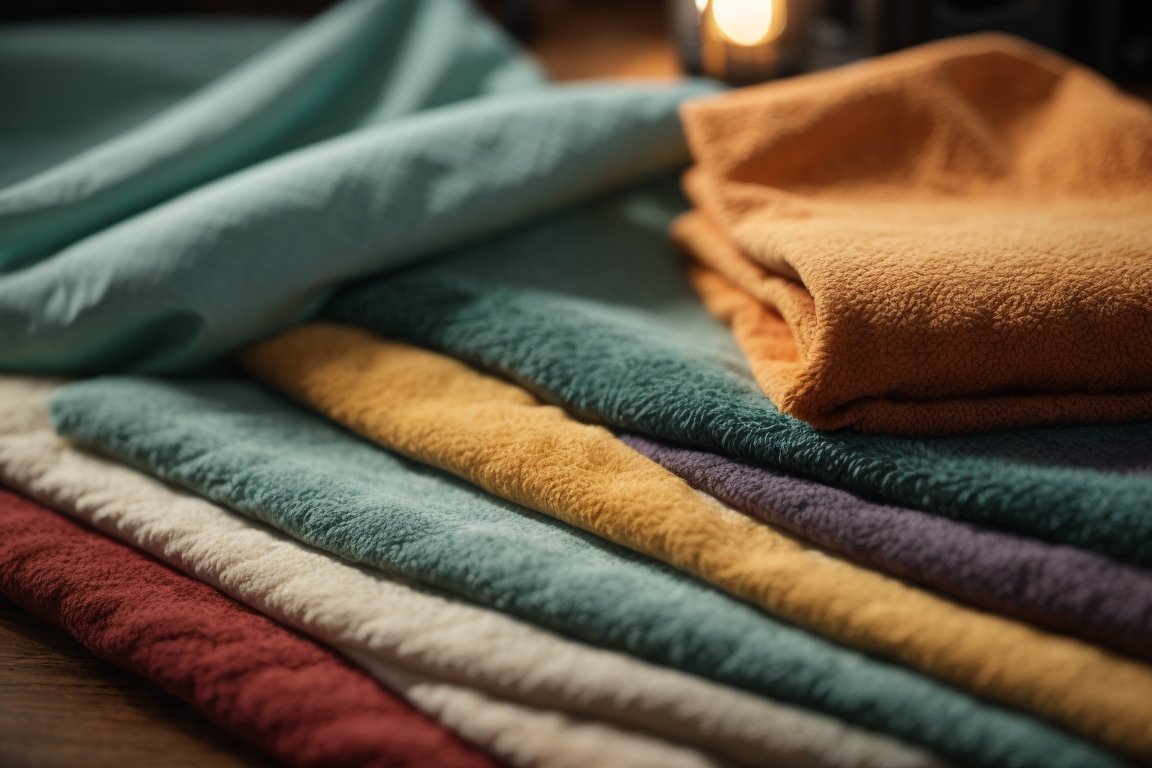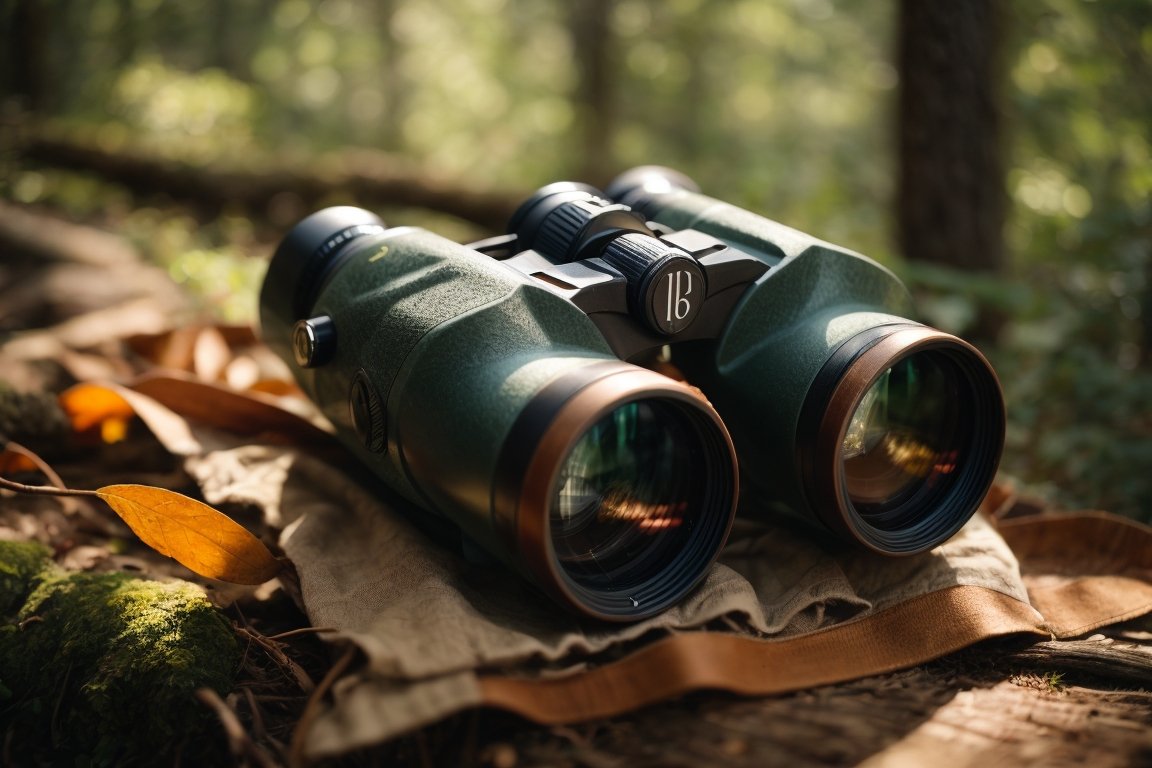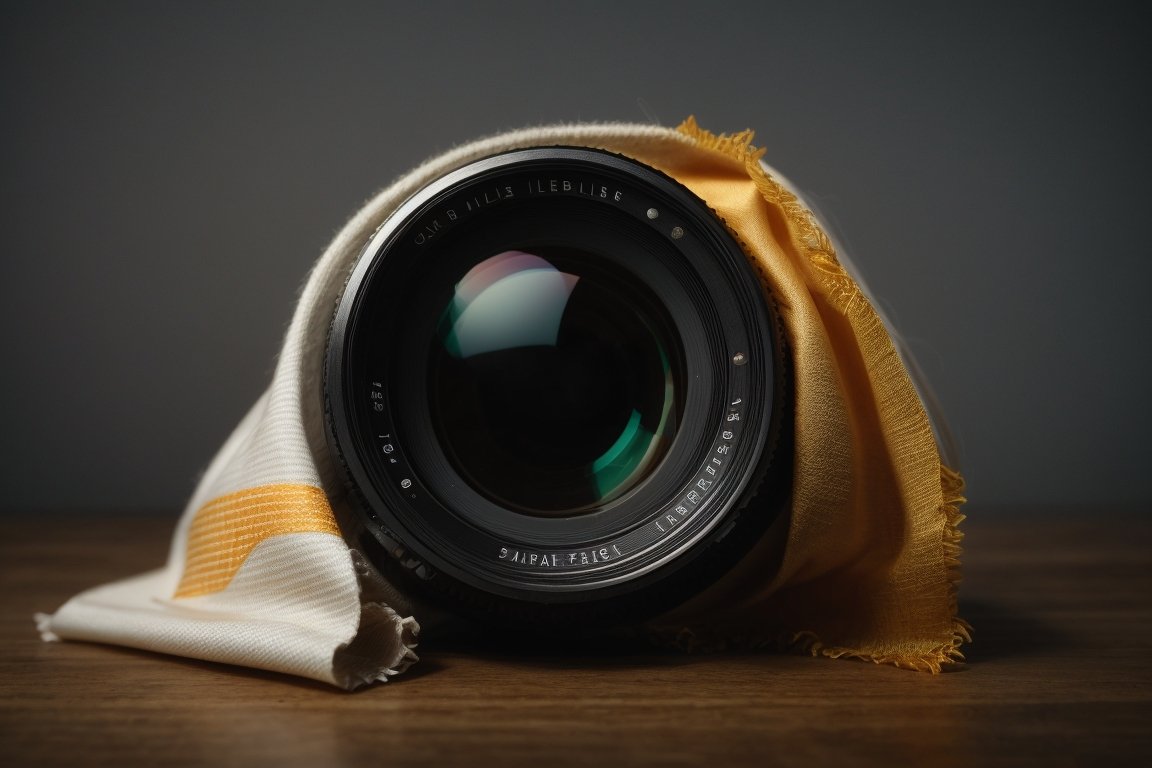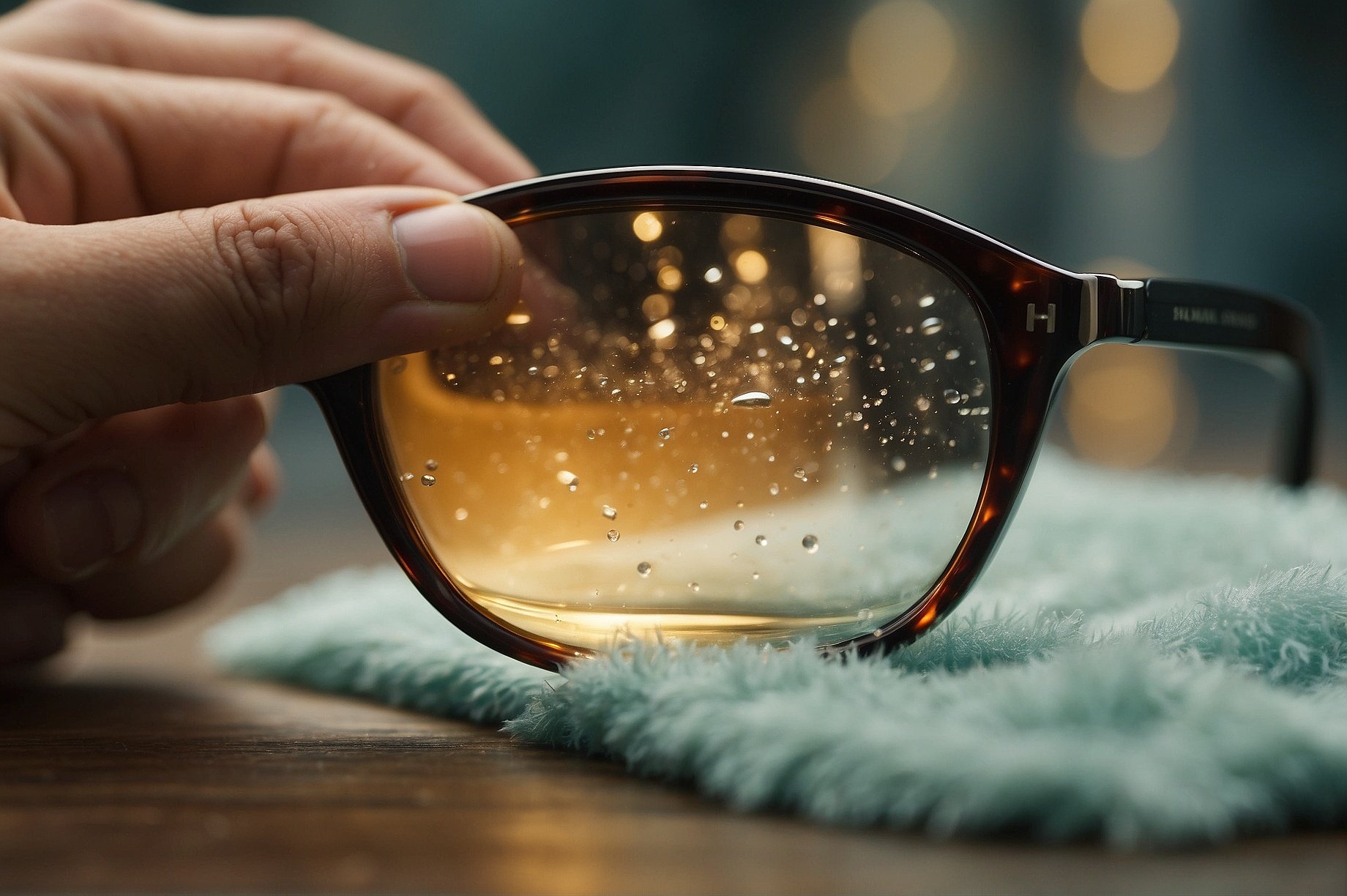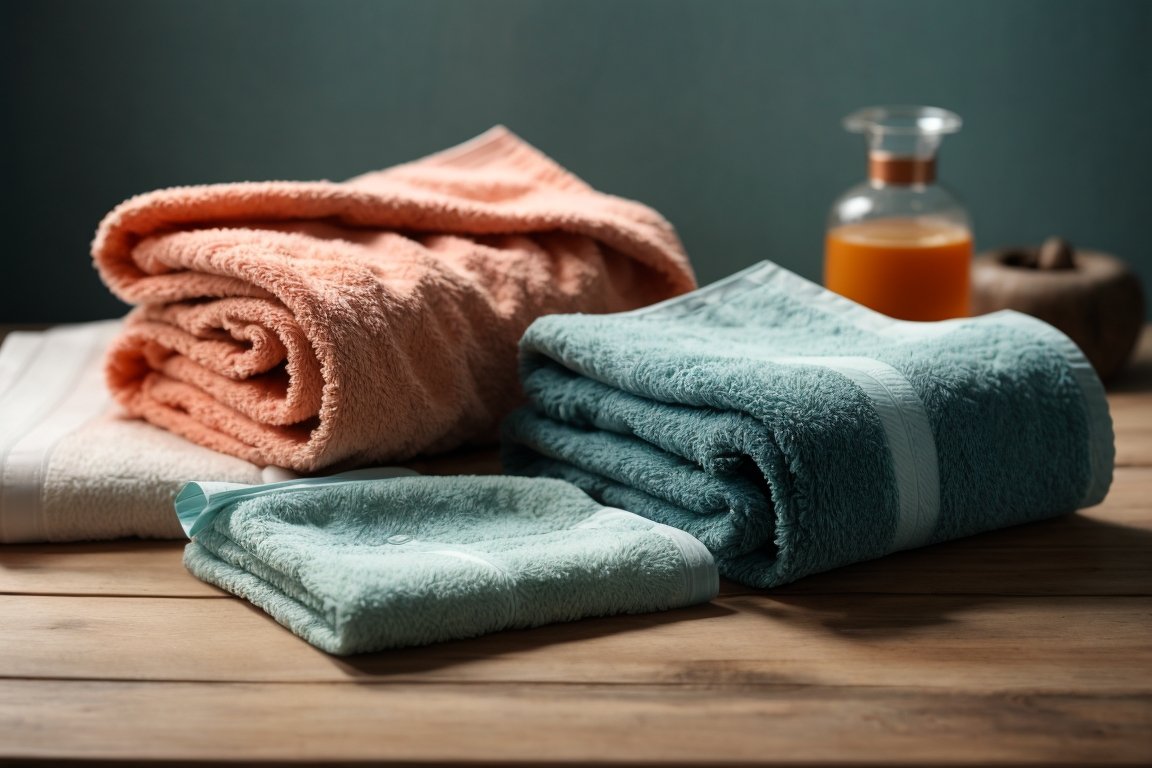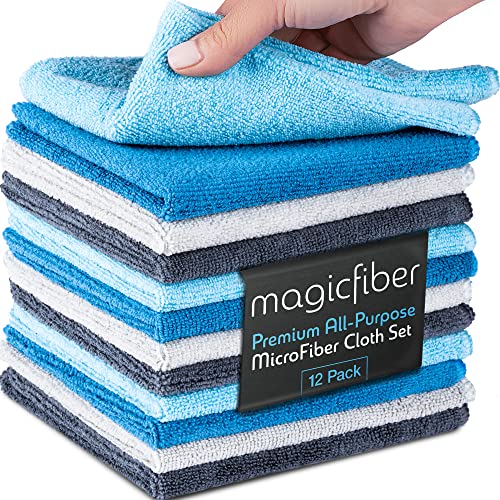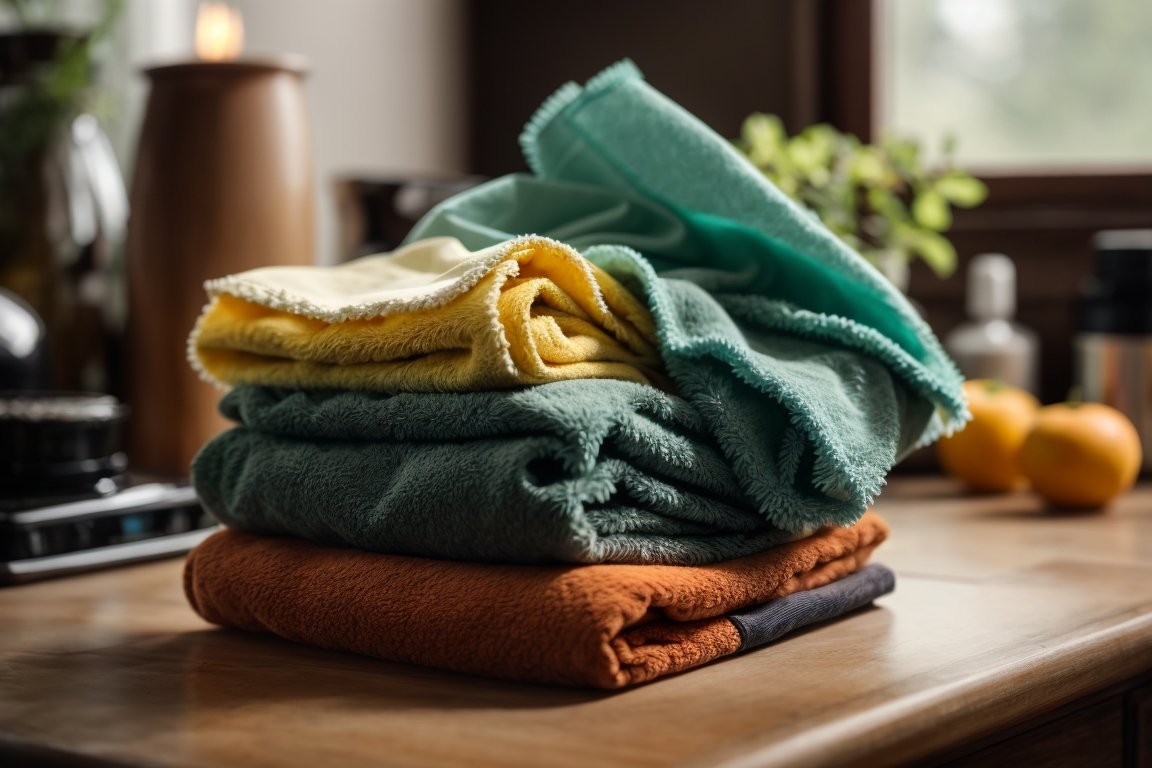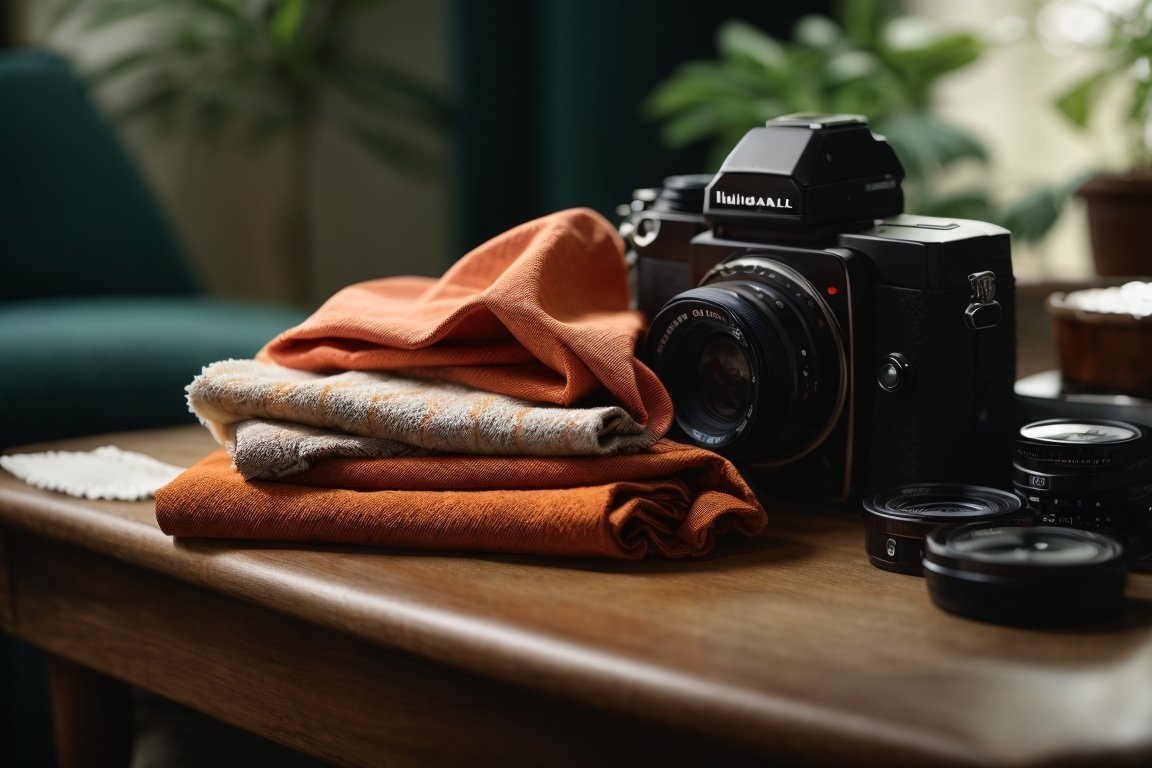Best Microfiber Cloths and Towels for Lens Cleaning and More!
Popular Options before we get into it!
For Glasses!
For Binoculars!
Microfiber cloths have become pivotal in lens cleaning due to their delicate and efficient cleaning properties. Unlike traditional fabric-based cleaning tools, microfiber cloths are designed to trap dust and oil particles, providing a streak-free clean.
These cloths are especially crucial for cleaning sensitive items like camera lenses, glasses, and other optical equipment where the clarity of the lens is paramount. Therefore, selecting the best microfiber cloth that ensures effective lens cleaning without compromising the integrity of the lens is essential.
Keeping your optical tools in pristine condition becomes paramount when engaging in activities such as bird watching, where clear visual understanding is critical. You may be wondering why this article is in a primarily birding blog. Bird watching often involves spending extended periods outdoors, subjecting your equipment to various elements such as dust, dirt, and moisture. Without a microfiber cloth, these pollutants may blur your view, negatively impacting your bird-watching experience.
Furthermore, if using a camera to capture images, a dirty lens can degrade image quality, resulting in cloudy or distorted pictures. Or you get a smudge on your binoculars; you could miss the bird you have been searching for. Therefore, carrying a microfiber cloth becomes an uncompromising part of your bird-watching kit, ensuring you always have the means to maintain the best possible view of your feathered subjects. Although we focus on keeping our birding equipment clean, we dive into microfiber towels prepared to handle more significant projects!
As an Amazon Associate, we earn from qualifying purchases. By making a purchase through these links, you can support our efforts to bring you more birdwatching tips and recommendations.
How do microfiber towels work?
Microfiber cloths work by taking advantage of the unique properties of microfiber material. The material, typically made of polyester or a blend of polyester and nylon, is split into ultra-fine fibers during manufacturing.
These fibers, far thinner than human hair, create a dense network of tiny channels that can attract and hold onto particles. Unlike regular fabrics, which tend to move particles around, microfiber cloths effectively lift and trap dust, grime, and oils. This makes them excellent at cleaning delicate surfaces like lenses without leaving scratches or smudges.
The small size of the fibers also makes them highly absorbent, meaning they can hold a significant amount of liquid without becoming oversaturated. This property is handy when cleaning lenses, as it allows for more thorough removal of moisture and oils that may be present on the surface.
Additionally, microfiber cloths are usually designed to be lint-free, preventing any unwanted particles from being transferred onto your lens or camera.
Overall, the unique properties of microfiber material make it an essential tool for bird watchers, allowing them to maintain a clear and unobstructed view while documenting their avian sightings. So, pack a microfiber cloth in your bag next time you head into the field!
Things to consider before buying microfiber cleaning cloths
When purchasing a microfiber cleaning cloth, several factors should be considered to ensure you get a product that effectively cleans your lenses without causing damage.
First, could you consider the fabric blend? A blend of 80% polyester and 20% nylon is often recommended for the best balance of softness and cleaning ability.
Next, consider the cloth's density, measured in GSM (grams per square meter). A higher GSM indicates a denser material that can pick up more debris. Also, please take note of the cloth's size. Larger fabrics can be more versatile but more challenging to carry, while smaller ones are more portable but may need to be cleaned more efficiently.
Lastly, please ensure the cloth is washable for reuse and comes from a reputable brand known for quality products.
What to Look for in a Microfiber Cloth
Several factors must be considered when purchasing a microfiber cloth for lens cleaning. These include:
Fabric Quality: The fabric quality used in microfiber cloths is vital as it determines its efficiency and durability. Look for materials with a high GSM (grams per square meter) count, as these tend to be thicker and more absorbent.
Softness: The softness of the cloth is crucial in preventing scratches or damage to the lens surface. Opt for cloths with a high percentage of polyester fibers, as they are softer than nylon fibers.
Density: Dense microfiber cloths trap dirt and oil particles better, providing a more thorough and streak-free clean. Please look for cloths with a higher fiber count per square inch.
Edge Finishing: Cloths with stitched or laser-cut edges are less likely to fray, ensuring longevity and preventing loose fibers from getting onto the lens surface.
Size: Microfiber cloths come in various sizes, so choosing one that fits your needs is essential.
Best Microfiber Cloths to Buy
Best overall: E-Cloth Reusable Microfiber Cleaning Cloths
E-Cloth Reusable Microfiber Cleaning Cloths are our top pick for overall performance and durability. These cloths are adequate for various cleaning tasks, from kitchen surfaces to dusting electronics, without additional cleaning solutions.
The cloths are also machine-washable and guaranteed for up to 300 washes, making them a sustainable and cost-effective choice. However, they are priced higher than other options on this list, with a starter pack costing approximately $19.99.
Despite the higher initial cost, the long-term savings and effectiveness of the E-Cloth Reusable Microfiber Cleaning Cloths make them a worthy investment.
Best for Glasses: Koala Kloth Glasses Cleaning Cloth
The Koala Kloth Glasses Cleaning Cloth is the best microfiber cleaning cloth for cleaning eyewear. Its ultra-fine microfiber material is gentle yet effective, ensuring it won't leave any scratches on your delicate lenses while removing smudges and dirt.
The material is also highly absorbent, allowing it to clean oil or fingerprints off glasses easily. A unique feature of the Koala Kloth is its compact size, designed to fit within your glasses case for on-the-go cleaning.
However, due to its specialized nature, it may be less versatile for cleaning larger or different surfaces. The price is also slightly higher than other options, with a 6-pack priced around $9.99.
Yet, considering its tailored design for glasses and its conveniences, the Koala Kloth Glasses Cleaning Cloth presents good value for glasses wearers.
Best for Binoculars: SpudZ Ultra
The SpudZ Ultra is a top choice for binoculars and other precision optics. The soft microfiber cloth effectively cleans delicate lens surfaces without causing any scratches. Its unique selling point is its attached neoprene pouch, which protects the cloth when not in use and can easily be clipped to your binoculars or bag for quick access.
On the downside, its compact size might make it less suitable for cleaning larger surfaces. Also, while it's highly effective for binoculars, there might be better options for general cleaning. As for cost, a single SpudZ Ultra cloth retails for around $7.99.
Despite the slightly higher price per cloth, its superior quality and convenience make it a worthwhile investment for any binocular enthusiast.
Best for Cameras: MagicFiber Microfiber Cleaning Cloth
The MagicFiber Microfiber Cleaning Cloth is a superb choice for camera enthusiasts. This ultra-soft cloth is designed to carefully handle the sensitive lenses of DSLRs and other high-end cameras, effectively removing dust, smudges, and fingerprints without scratching the glass. It's lint-free, ensuring no residue is left on your lenses after cleaning.
Another benefit is its large size, making it versatile for cleaning various camera parts or larger surfaces. However, it doesn't have a protective pouch like some competitors.
A pack of six MagicFiber cloths is priced at roughly $9.95, making it affordable for its high-quality performance and versatility. Its value to photographers makes it a standout in the camera cleaning category.
Best for Phones: WHOOSH! Screen Cleaner Kit
The WHOOSH! Screen Cleaner Kit is an excellent choice for phone enthusiasts. This kit includes a non-toxic, odorless, and eco-friendly cleaning solution that effectively removes smudges, fingerprints, and dirt from your phone's delicate screen without causing any damage. It also comes with an antimicrobial microfiber cloth, which ensures no lint or dust is left behind after cleaning.
One significant advantage is that the cleaning solution and the cloth can be used on all screen types, making it highly versatile. However, the product does not have a protective cloth casing. A single WHOOSH! The kit costs around $17.99, offering exceptional value for its effectiveness and convenience.
Its superior performance in maintaining the cleanliness and longevity of phone screens makes it the top choice in the phone cleaning category.
Best for Electronics: Zeiss Jumbo Microfiber Cloth
The Zeiss Jumbo Microfiber Cloth takes the lead in cleaning electronics. This cloth, measuring a substantial 12x16 inches, is ideal for screens of all sizes, from your laptop to your television. It is made from ultra-fine microfiber material that traps dust, smudges, and fingerprints without scratching or leaving lint behind. Its soft texture ensures it is gentle on delicate screens, making it safe for all electronic devices.
This cloth, however, does not come packaged with a cleaning solution, and some users may find it slightly larger than necessary for smaller devices. The Zeiss Jumbo Microfiber Cloth can be purchased for approximately $17.99, providing excellent value for its superior cleaning performance and size.
The benefits it offers for maintaining the cleanliness and longevity of electronic screens make it the best choice in the electronics cleaning category.
Tips for using microfiber cloth on your lenses
To effectively clean your lenses with a microfiber cloth, follow these tips:
Begin by gently brushing off loose debris or dust from the lens surface. This helps prevent scratches during the cleaning process.
Use a small amount of water or a mild cleaning solution specifically designed for lenses on the cloth, if needed. Avoid harsh chemicals or household cleaners, which can damage the lens coating.
Gently wipe the lens surface with the cloth in a circular motion, careful not to press too hard on the lens.
For stubborn smudges or fingerprints, dampen a corner of the cloth and use it to target the affected area.
Once you have finished cleaning, use a dry part of the cloth to wipe away any excess moisture.
If you are cleaning multiple lenses, use a clean section of the cloth for each one to avoid transferring debris or oils from one lens to another.
Store your microfiber cloth in a clean, dry place when not in use. Avoid storing it with other items that may deposit lint or dirt onto the cloth.
Regularly wash your microfiber cloth to remove any accumulated dirt or oils. Follow the manufacturer's instructions for washing and drying to ensure the longevity of the cloth.
Following these tips, you can effectively use a microfiber cloth to clean your lenses without causing damage or leaving streaks.
How to Care for Your Microfiber Cloth?
Following proper cleaning procedures is essential to ensure your microfiber cloth remains practical and durable. After each use, begin by rinsing the cloth in warm water to remove any dirt or residues. Wash it in a machine on a gentle cycle with mild detergent for a deeper clean.
Avoid fabric softeners or bleach, which can damage the microfibers and reduce their cleaning efficiency. Air-dry the cloth instead of tumble drying to preserve the integrity of the microfibers. With proper care, your microfiber cloth can continue to deliver outstanding cleaning performance for your devices.
Need something bigger? Try microfiber cleaning towels
A microfiber towel can be an excellent choice for dealing with larger surfaces. Much like microfiber cloths, these towels are designed to attract and hold onto particles of dust and dirt, providing a practical, streak-free cleaning solution for larger surfaces such as car exteriors, large screens, or even household furniture.
Their larger size makes them ideal for jobs requiring more coverage while offering the same benefits of softness, absorbency, and durability that you'd expect from microfiber material. They are the best option for those more challenging cleaning jobs.
The Best Microfiber Cleaning Towels:
Best Overall: MagicFiber Microfiber Cleaning Towel
When it comes to a microfiber cleaning towel, the MagicFiber Microfiber Cleaning Towel is a top contender. This towel stands out for its super soft and ultra-absorbent properties, making it perfect for various cleaning tasks.
It effortlessly attracts dust and dirt particles, leaving the cleaned surfaces spotless and streak-free. Its large size is ideal for cleaning more extensive surfaces, including car exteriors, large appliances, and household surfaces.
Additionally, this towel is machine washable and highly durable, promising long-lasting use with proper care. The MagicFiber Microfiber Cleaning Towel combines functionality, quality, and value, making it one of the best microfiber cleaning cloth for all your cleaning needs. A 12-pack will cost you under $15!
The Best Microfiber Towel for Bathroom Cleaning: VibraWipe Microfiber Cleaning Towel
Regarding bathroom cleaning, the VibraWipe Microfiber Cleaning Towel stands above the rest. This towel, renowned for its superior absorbency and ability to effectively capture dust, grime, and bacteria, is an optimal choice for cleaning and sanitizing bathroom surfaces.
The VibraWipe Towel can easily tackle soap scum on shower doors, grime on bathroom tiles, and water spots on mirrors, leaving them sparkling clean without the need for harsh chemicals. Moreover, this microfiber towel is machine washable, ensuring durability and extended use.
Its high-quality build and exceptional cleaning power make the VibraWipe Microfiber Cleaning Towel ideal for maintaining a pristine bathroom environment. Priced around $19.99.
The Best Microfiber Towel for Dusting: AmazonBasics Blue and Yellow Microfiber Cleaning Towel
The AmazonBasics Blue and Yellow Microfiber Cleaning Towel is unparalleled for dusting needs. This towel is acclaimed for attracting and holding dust particles thanks to its static-charged, ultra-soft microfiber fabric.
Whether you are dusting off furniture, electronics, or delicate items, this towel effortlessly picks up dust without leaving any residue or scratches.
The AmazonBasics towel is machine washable, ensuring it can be reused repeatedly for all your dusting requirements. Its high-quality construction, superb dusting efficiency, and affordable price point make the AmazonBasics Blue and Yellow Microfiber Cleaning Towel the top choice for a dusting cloth. It is priced around $14.00.
The Best Microfiber Towel for Car Washing: Chemical Guys MIC_507_06 Professional Grade Premium Microfiber Towel
Regarding car washing, the Chemical Guys MIC_507_06 Professional Grade Premium Microfiber Towel is second to none. This towel is highly praised for its scratch-free, lint-free, and swirl-free properties, offering a safe and effective solution for cleaning, drying, and detailing your car.
The extra plush, absorbent, and exceptionally soft material ensures a streak-free and scratch-free finish after every wash.
The Chemical Guys microfiber towel is machine washable and durable, promising long-term use for all your car washing needs.
Its superior quality, outstanding performance, and reasonable pricing make the Chemical Guys MIC_507_06 Professional Grade Premium Microfiber Towel the premier choice for car washing tasks. It is priced around $22.99.
The Best Microfiber Towel for Mirror and Glass Cleaning: E-Cloth Microfiber Cleaning Cloth
For cleaning mirrors and glass, the E-Cloth Microfiber Cleaning Cloth reigns supreme. This cloth receives accolades for its unrivaled ability to remove grime, light grease, and fingerprints, providing a lint-free, streak-free, and scratch-free finish.
Its high fiber density makes it incredibly absorbent, ensuring your mirrors and glass surfaces are left perfectly clean and shiny without additional chemical cleaners.
The E-Cloth Microfiber Cleaning Cloth is machine washable, allowing for repeated use, and is renowned for its extended durability. With superior cleaning performance, extended lifespan, and competitive pricing, the E-Cloth Microfiber Cleaning Cloth is the ultimate choice for mirror and glass cleaning tasks. This pack should cost around $14.00.
How should you wash microfiber towels?
Like any other fabric, microfiber towels require proper maintenance to ensure longevity and effectiveness. Washing microfiber towels is a straightforward process but requires some specific steps to prevent damage to the material.
You can start by separating the towels based on their dirtiness and color. Use a mild detergent free of bleach or fabric softeners, which can damage the microfibers and reduce their ability to attract and trap dirt.
It's recommended to wash these towels in cold or warm water on a gentle cycle. Once cleaned, air dry the towels or use a tumble dryer in a low-heat setting. Avoid ironing microfiber towels as the high heat can melt the fibers. Regularly cleaning your microfiber towels using these methods will ensure they continue to deliver high-performance cleaning.
Frequently Asked Questions
Q1: Can I use bleach on my microfiber cloths?
No, bleach should not be used on microfiber cloths as it can damage the microfibers and reduce their effectiveness.
Q2: Can I iron my microfiber towels?
It's not recommended to iron microfiber towels. The high heat can melt the fibers, causing them to lose their effectiveness.
Q3: How often should I wash my microfiber cloths and towels?
After each use, Microfiber cloths and towels should be washed to remove dirt and residues. Regular washing helps maintain their cleaning efficiency.
Q4: Can I use fabric softener on my microfiber cloths and towels?
No, fabric softeners should be avoided as they can coat the microfibers and prevent them from attracting and trapping dirt effectively.
Q5: Why is air drying recommended for microfiber cloths and towels?
Air drying is recommended as it preserves the integrity of the microfibers. Tumble drying can also be used in a low-heat setting to prevent damage to the fibers. Dryer sheets are not recommended.
Conclusion
In conclusion, properly caring for and maintaining microfiber cloths and towels can extend their lifespan and maintain their superior cleaning capability. Please don't use bleach or fabric softeners, and avoid ironing these materials.
Washing them after each use and allowing them to air dry or tumble dry on a low-heat setting will keep your microfiber products performing at their best. Always remember - that the better you care for these cleaning tools, the better they will care for your surfaces.
Like the patience and diligence in bird watching, maintaining your microfiber cloths and towels requires an attentive and consistent approach. You ensure these tools remain optimal by mindfully avoiding bleach, ironing, and fabric softeners and following regular washing and proper drying methods.
This commitment to care enhances the longevity and effectiveness of your cleaning materials and evokes the meticulousness of a bird watcher in the wild, always ready for the next sighting. May this same spirit guide your efforts in cleaning and maintenance, making each task a rewarding experience.
Oh, and Happy Birding!



